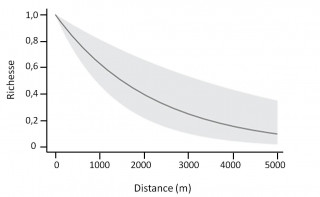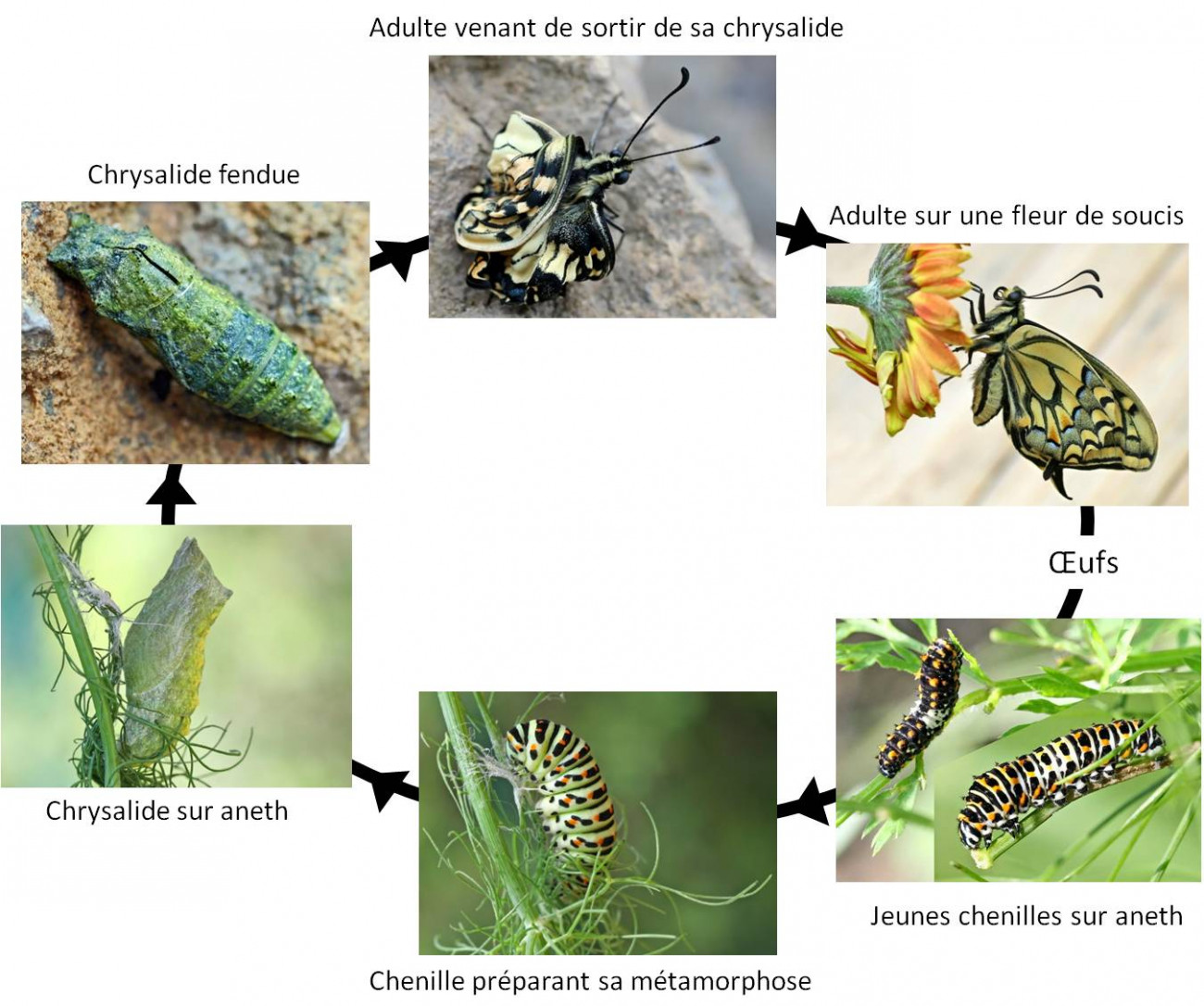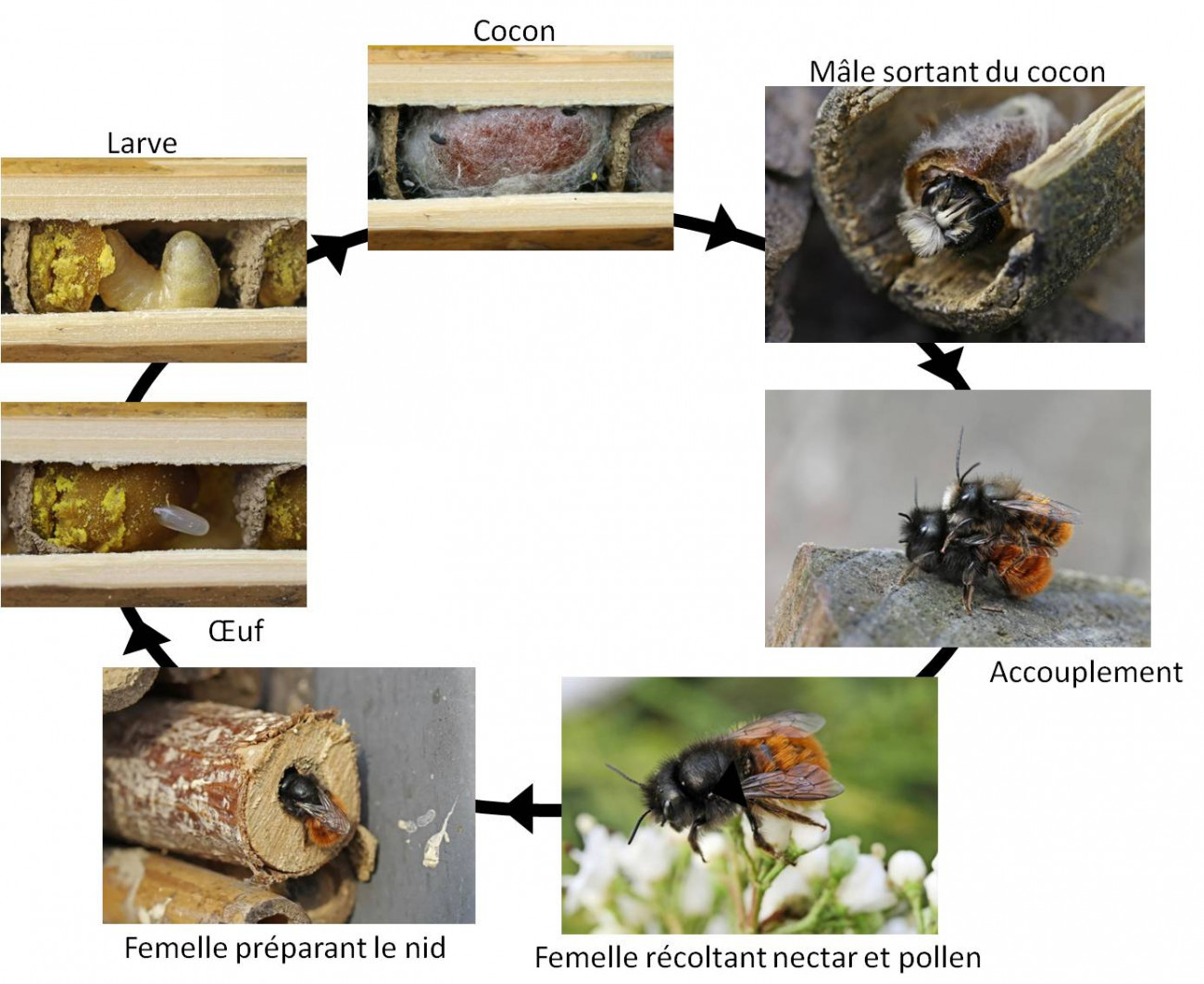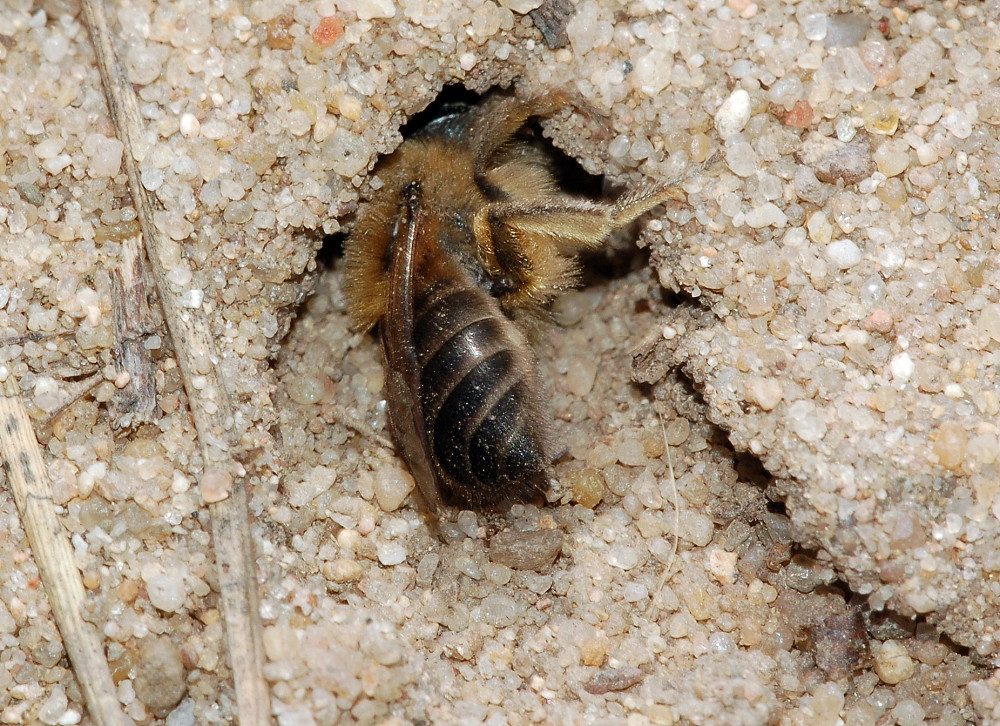Pollination threatened
Pollination is of great importance, but pollinating insects are threatened by habitat destruction or the presence of pesticides. It is more necessary than ever to help us understand the threats to pollinators by participating in SPIPOLL!
The Honey Bee as a reflection of a general decline
Beekeepers have noticed a sudden and unexplained disappearance of honey bee colonies (Apis mellifera) in many countries in recent years. In Europe, for example, the decline in colony numbers is estimated at 25% between 1985 and 2005. This decline in colonies can have several causes: parasitism, pesticides and the intensification of agriculture, as well as certain practices of beekeepers such as moving colonies over long distances to ensure the pollination of crops. These factors can be cumulative, for example colonies exposed to pesticides are more susceptible to parasites than those not exposed to them.
In parallel with this increase in hive mortality, there is also a decrease in honey production. This decrease in productivity shows that honey bee colonies are not doing well.
The decline of bees, which has been observed since the 1990s, is becoming increasingly worrying. Each winter, up to 35% of colonies disappear. Among the causes of this decline, the most important are human. These causes are not specific to honeybees but concern all pollinating insects. The weakness of honey bee colonies therefore raises the question of a potential decline in all pollinating insects.
Threats to pollinators
Pollinator decline refers to both a decrease in the number of species (diversity), with some species disappearing, and in the number of individuals per species (abundance), with some species becoming rarer. Habitat degradation, mainly due to agricultural intensification and urbanisation, and the massive use of pesticides are recognised as having major effects.
The results of 23 studies conducted on 5 continents on wild bees were compiled to understand the relationship between the number of pollinator species and habitat quality. These studies were carried out in agricultural environments, and the following graph shows the relationship between the number of wild bees and the distance to the nearest natural habitat. The further away from a natural habitat, the lower the number of bees.
The intensification of agriculture, which produces homogeneous agricultural landscapes with very few natural habitats, would therefore play a role in the decline of pollinators.
The role of natural habitats in the life cycle of insects
A flowering insect needs two spaces: one for its larval development and a second, flowering space for the adults. These two spaces are not necessarily in the same place.
For example, when you see a butterfly like the moth on a flower, it may have come from a caterpillar that fed on a dill plant in a garden more than a kilometre away. The same applies to wild bees and bumblebees. Space for larvae is linked to nesting sites. Many species nest in dead wood and an old tree can become a real wild bee hotel. Other species nest in the ground where the offspring spend the winter. The Rabbit bee is a wild bee that appears very early in the spring. The females dig galleries in sandy soil. Each gallery ends in a larval cell. The entrance to the nest is unique and looks like the entrance to a rabbit hole. To maintain the Rabbit Collar on a site, the soil must not be disturbed until the following spring.
In order to have a good habitat, the distance between the development sites for the larvae and the flowering areas for the adults must coincide with the movement capacity of the species. The latter is highly variable. Some species of wild bees do not travel further than 300 m from the nest, whereas some butterflies or bumblebees can travel several kilometres to find food!
But ... we lack the data to answer all these questions at the French level
In order to be able to study these issues of pollinator decline, we need data collected on a large number of sites in a variety of environments. We need a large number of people to participate in SPIPOLL so that we can answer these questions!
Of Bees and Men: the film
https://www.youtube.com/watch?time_continue=3&v=d4w2TDqXHWw
Trailer of the film 'Des abeilles et des hommes' © A film by Markus Imhoof
For 15 years, the light in the hives has been fading. Between 50 and 90% of bees have disappeared. And this extremely virulent epidemic is spreading from hive to hive all over the world. Everywhere, the same scenario: billions of bees leave their hives and never return, "gone without a trace". No corpses nearby. No visible predators.
Having arrived on Earth 60 million years before humans, the Apis mellifera (honey bee) is as essential to our economy (153 billion euros in 2005) as to our survival. Today, we all have reason to be concerned: 80% of plant species need bees to be fertilised. Without them, there would be no pollination, and therefore practically no fruit or vegetables.
Wild bees provide agricultural insurance against the decline of honey bees
A study was conducted in the USA on the pollination efficiency of watermelon fields by wild and honey bees as a function of their abundance. The number of pollen grains deposited per flower was observed as a function of the number of visits per flower per day by honey bees or wild bees. When the number of visits by wild bees increases, the number of pollen grains deposited per flower also increases. However, the number of pollen grains deposited per flower does not increase if there are more visits from honey bees. Honey bees would not be more efficient when there are more of them, which is not the case for wild bees, which provide more pollination when there are more of them. Thus wild bees could provide a large proportion of pollination despite a decline in honey bees.




